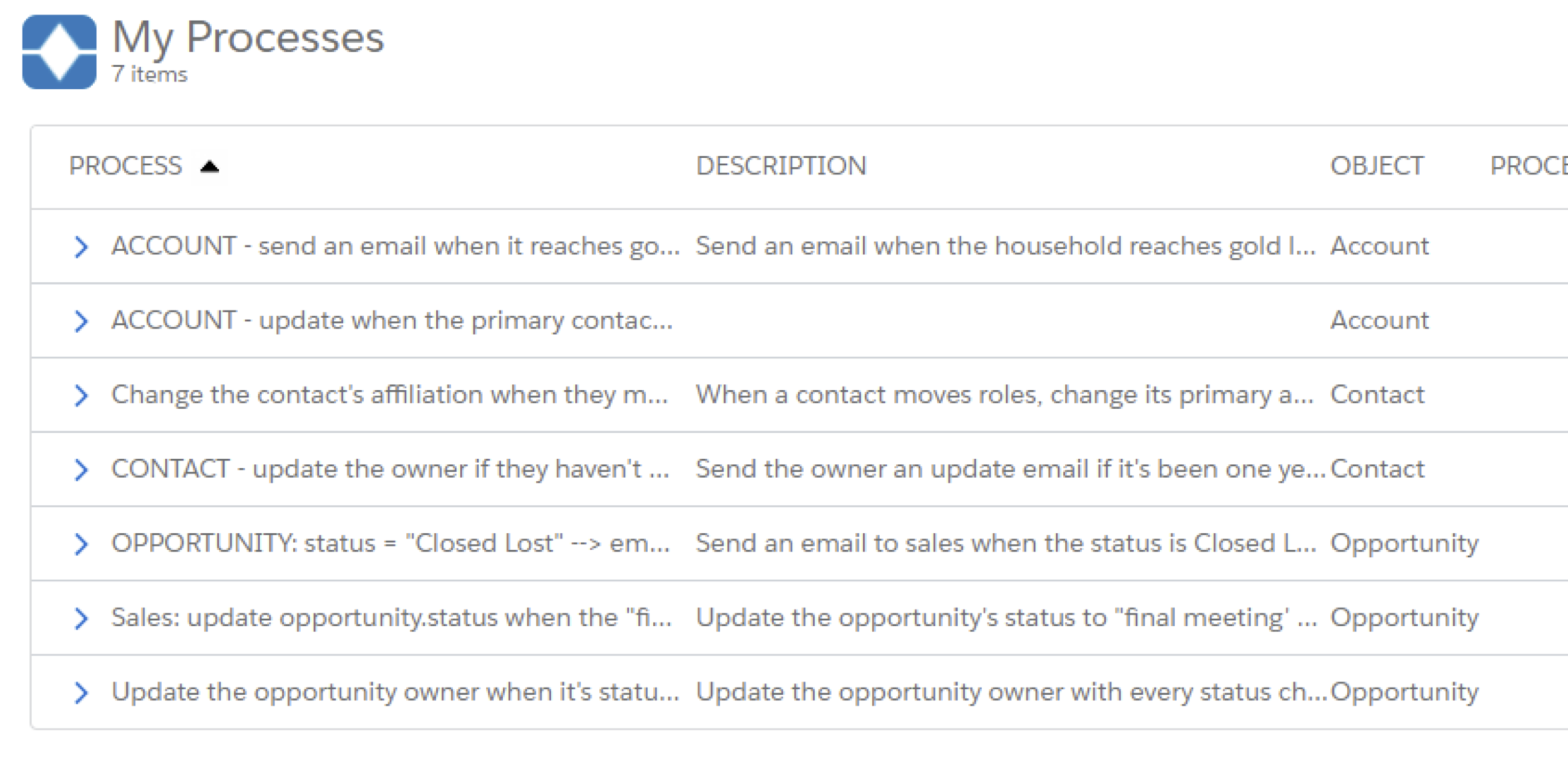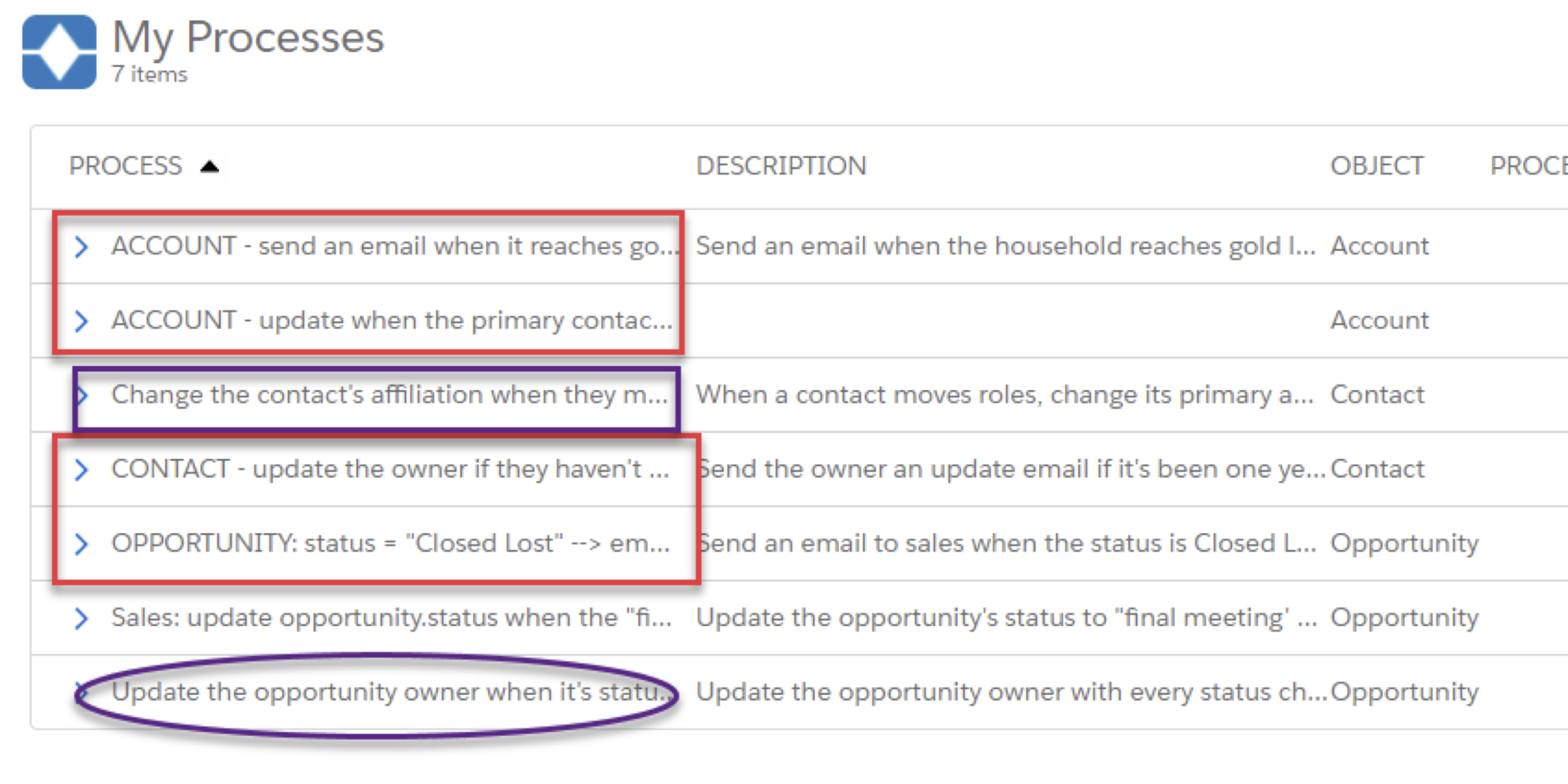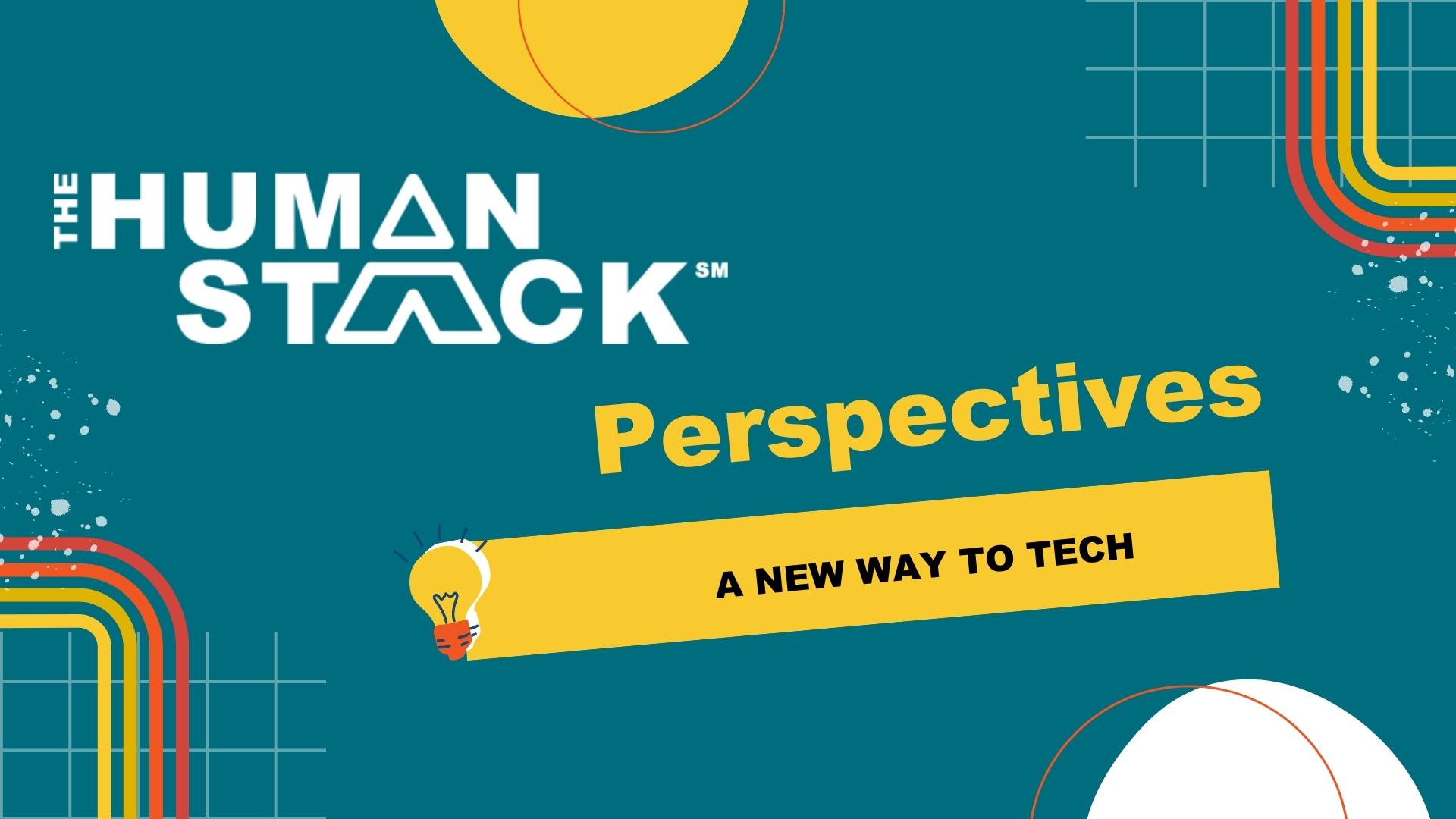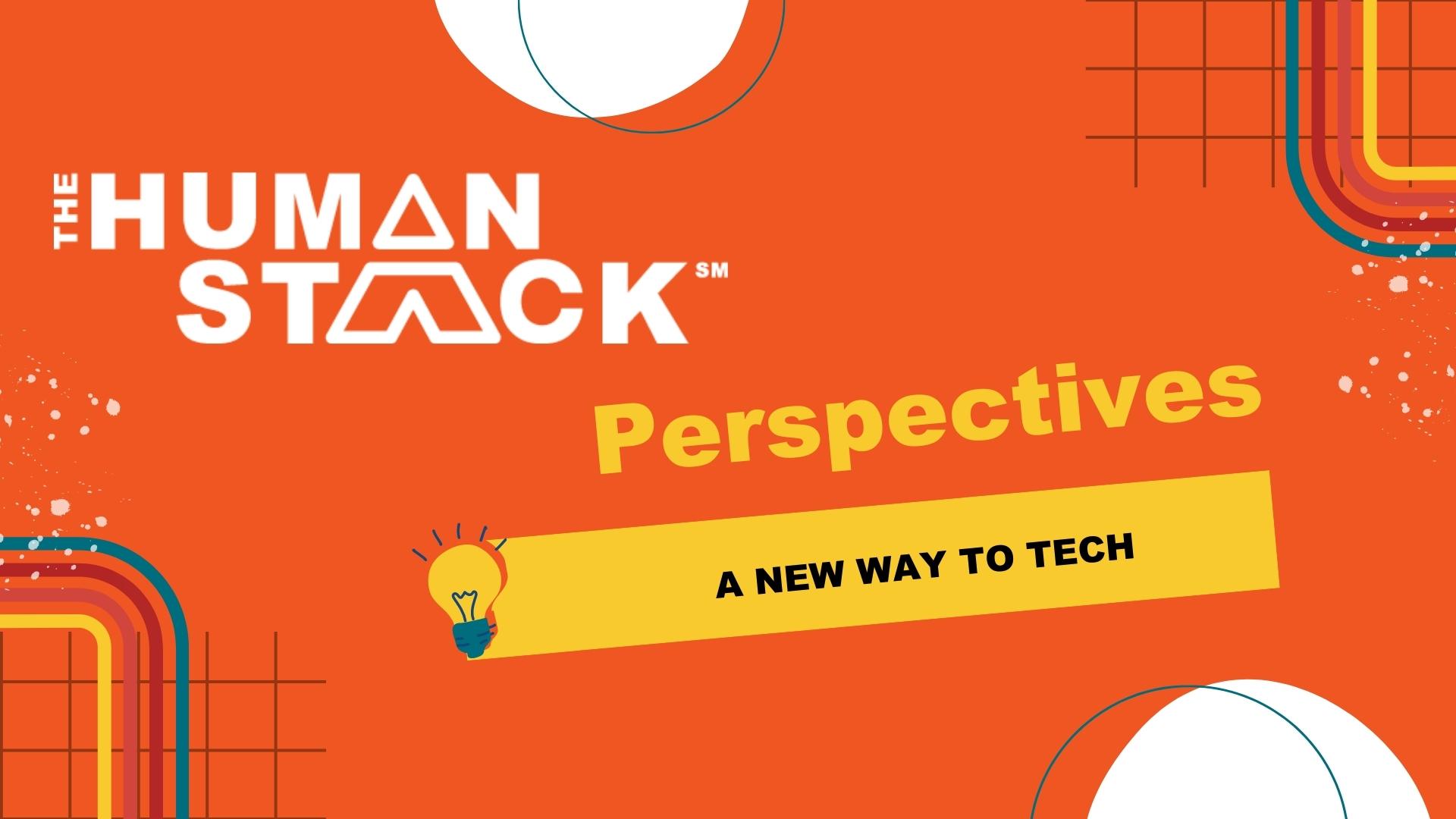3 min read
Your Salesforce Needs Some Design Love (Part 1) by Reilly Ellis
 Tim Lockie
:
June 1, 2018
Tim Lockie
:
June 1, 2018
Your Salesforce Needs Some Design Love.
(Don’t worry, everyone’s does.)
I recently had the pleasure of presenting at Force Academy LA on psych and visual design principles that can help improve the usability of your Salesforce instance. We'll be posting highlights of my talk broken out into three parts.
-
Cognitive Load (Our brain power is limited)
-
Gestalt Principles (Why we group things the way we do)
-
Usability Testing (You are not your users)
Cognitive Load (Our brain power is limited)
Psychologists call the amount of brain power we have in our working memory “cognitive load.” We don’t have a lot of it. It matters that our cognitive load, our brain power, is limited because we use our brain to process unfamiliar things, make decisions, and learn new concepts.
The cognitive load theory is a psych theory that says people learn easier when we reduce cognitive load. Essentially, the more brain power we can reserve for learning, the better.
Learning is relevant to our Salesforce design. The first time that someone interacts with your system - they’re learning. Your long-time users who have never really gotten it, who ask you how to complete the same task 10 times, they’re learners too.
Good design reduces the cognitive load so our brains don’t get tired trying to process the design and still have space to process the information.
There are two types of cognitive load that directly relate to visual design - intrinsic cognitive load and germane cognitive load.
Intrinsic Cognitive Load
Intrinsic cognitive load is the difficulty level of information being learned.
A great example of this is math equations. When you were first learning complex equations, if your teacher asked you to do this problem, it would have been difficult:

Instead, they probably broke it down for you into smaller steps. First the parenthesis, then the exponent, and then the division.

Each of these steps is simple, so they have low cognitive load. This makes the cognitive load of the problem itself lower, and therefore easier to learn.
We can see intrinsic cognitive load come into play for Salesforce admins in the emails and instructions that we send to users.
Version 1

Version 2

GeRMANE Cognitive Load
Germane Cognitive Load is the difficulty level of creating schemas.
Schemas are patterns that we identify in order to help us categorize the word. Once we have a schema, we can make sense of new things based on that schema.
Take, for instance, a kid who is just learning her animals. In her animal schema, she has two categories: mammals and reptiles. When she’s first introduced to lizards, she sees they have scaly skin. Based on this information, she categorizes lizards in her animal schema as reptiles and then she suddenly make more guesses about them - like they’re probably cold blooded and lay eggs.
Essentially, schemas are like cheat sheets.
Germane cognitive load is measures how difficult it is to creating those meaningful categorizations, those cheat sheets, in the first place.
A great example of this in Salesforce is naming conventions.
Can you find the process that updates an Opportunity’s status?

This is a version of something that I’ve seen in real life and may be familiar to you. Whenever someone creates a process, they use their own, different, naming convention. Every time I go in to update a process, I have to read through all the names to find the one I’m looking for, instead of the design facilitating that search.

Part of the reason this page is so difficult is that there are a bunch of different schemas. For instance, the processes in red have the object first. The processes in purple have the action first, but they’re using similar words to describe the same action. My brain needs to spend some extra time processing if “change” and “update” actually belong together.
The process that I’m looking for, the one that updates the opportunity status, uses yet another schema - department first.
Because of the lack of consistency, this page’s germane cognitive load is high. Yes, I will eventually find the process I’m looking for, but my brain has to filter through a bunch of other stuff to get there.
Cognitive Load Recap
-
Reduce the intrinsic cognitive load of instructions by breaking them down into smaller steps.
-
Reduce the germane cognitive load of your system by paying attention to naming conventions and other places where you can add consistency to your system.
Stay tuned for our blog post next week to learn about Gestalt Principles!





